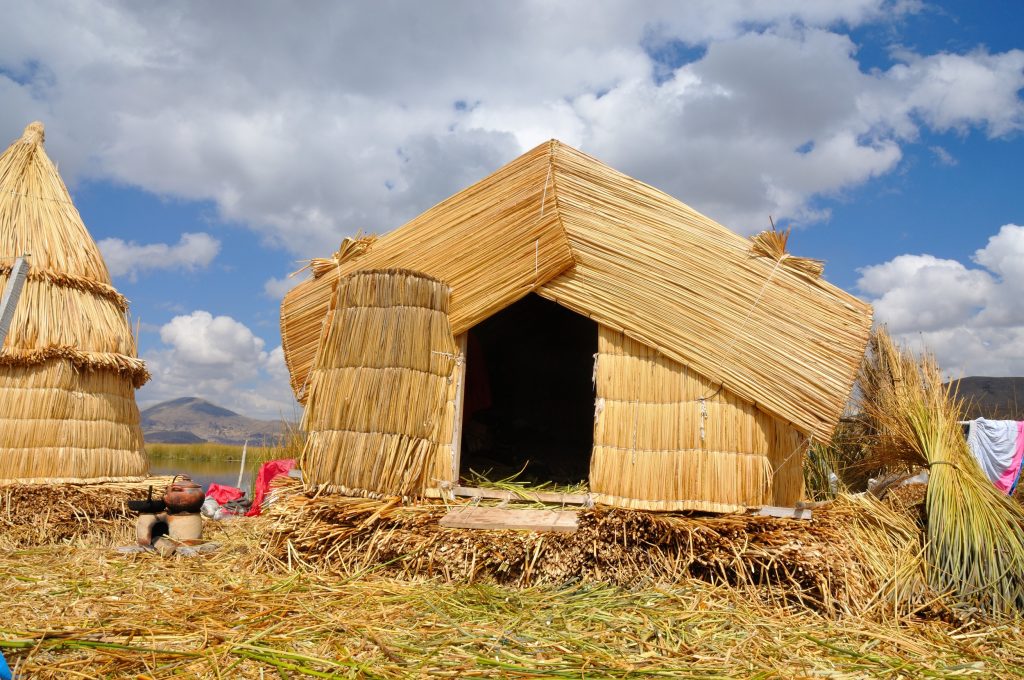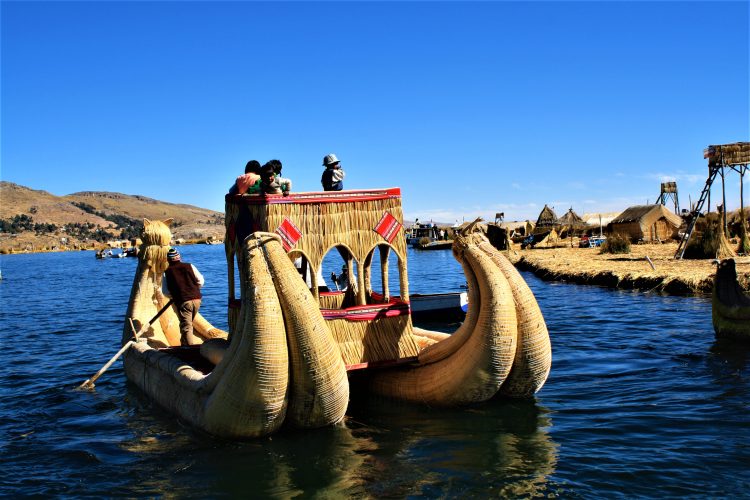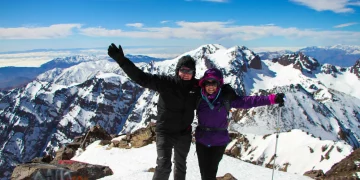A Glimpse of Magic at Lake Titicaca
Nestled at the breathtaking intersection of Bolivia and Peru lies a mystical jewel of the highlands—Lake Titicaca. Perched at an altitude of approximately 3,800 meters, this is the highest navigable lake in the world, where crystalline waters dance with shimmering reflections under the radiant sun. Scattered across its vast expanse are over fifty enchanting islands, many inhabited by the Uros people. A journey into this paradise uncovers a remarkable phenomenon: the Uros community has woven a “floating world” using the native totora reeds.
The Craft of Creation
Embarking on my journey from Cusco, Peru, I boarded a tourist bus that meandered through the stunning landscape. The ancient walls of Cusco receded in the distance, replaced by the majestic Andes mountains stretching toward the skies. As we traversed winding paths, through quaint towns and past charming churches, I arrived at Puno, a lakeside city, just as nightfall cloaked the horizon. The next morning, I set sail on a small boat, ready to explore the undulating waters of Lake Titicaca.
At this altitude, the sun’s rays feel almost within reach, casting a deeper blue over the expansive lake, which seems to rival the sky itself. Amid dense clusters of towering reeds, I glimpsed the quaint homes and nimble boats crafted by the Uros, all made from the golden totora reeds.
The Uros have ingeniously constructed their homes on floating islands created entirely from totora reed bundles. These reeds are buoyant, allowing residents to build layers that form islands approximately 1.5 meters thick. However, maintaining the integrity of these islands is an ongoing task; as the lower layers of reeds decay over time, inhabitants must regularly replenish and repair their floating worlds.
To ensure stability and avoid drifting with the currents, the Uros use anchors to secure their islands. They often connect multiple islands to create cohesive village-like structures, fostering community interaction and enhancing safety.
Stepping onto one of these islands felt ethereal, as if I were treading on clouds. The reeds beneath my feet were soft yet resilient, emitting a gentle squeak with each step.
Life in Harmony with Reeds
Upon closer inspection, it became clear that the Uros’s existence is intricately connected to the totora reeds. Their homes, beds, and even daily utensils are woven from this versatile plant.
Inside a typical residence, walls and ceilings are layered with dried reeds, while beds are constructed from tightly bound totora. Locals shared that every Uros individual learns the craft of bed-making upon reaching adulthood. The process involves meticulously intertwining reeds and inserting firm boards to prevent sagging, resulting in both sturdy and comfortable sleeping arrangements.

Voyages on Reed Canoes
Surrounding the floating islands were numerous golden reed boats—vehicles for the Uros people. These reed crafts, slender at both ends yet broad in the middle, resemble dragon boats and their capacity hinges on the bundled reeds’ quantity. Larger boats can accommodate dozens of passengers, while smaller ones require manual paddling. Typically, the Uros prefer compact boats, designed for one or two travelers, maximizing space for their fishing catches.
Embraced by mountains, the lake surface mirrored the sky, and a gentle breeze orchestrated the sway of the reeds. Small boats would emerge from the thickets, manned by Uros dressed in vibrant traditional garments, celebrating the day’s abundant harvest. Navigating through this serene backdrop, they epitomized life amidst nature, seamlessly blending into the landscape.
In this suspended reality on the floating islands, time seems to slow as the Uros maintain their ancient and unique way of life. Generations grow up here, and before they embark on their own pathways, children are gifted new homes—also floating islands adjacent to their family’s. These new residences are linked by knots; should family ties fray, the knot may be undone, setting the island adrift to new horizons.
Adapting to Modernity
Historically, the Uros sought refuge from invasions and wars on these reeds, eventually establishing their vibrant community. Over the years, they have embraced fishing as their primary livelihood while cultivating vegetables and raising poultry, all the while passing down their reed weaving skills through generations.
As time marches on, the Uros have integrated modern technologies into their floating islands. Some have harnessed solar energy, illuminating their homes with lights and televisions, while others have established community broadcasting stations.
The burgeoning tourism sector has opened new economic pathways for the Uros, unveiling the secrets of their floating existence to the world. Visitors can immerse themselves in Uros culture through hands-on experiences like reed weaving, savoring traditional cuisine, and engaging in daily activities such as fishing.
As dusk settles, Uros performers enchant visitors with traditional dances—thrumming with rhythm and vitality, these displays reveal the alluring essence of Uros culture. Many tourists don traditional attire, deepening their connection with the rich local heritage. To attract more visitors, Uros have launched boat tours, crafted unique handmade goods, and established eateries and guesthouses to accommodate those wishing to experience this floating paradise.





















